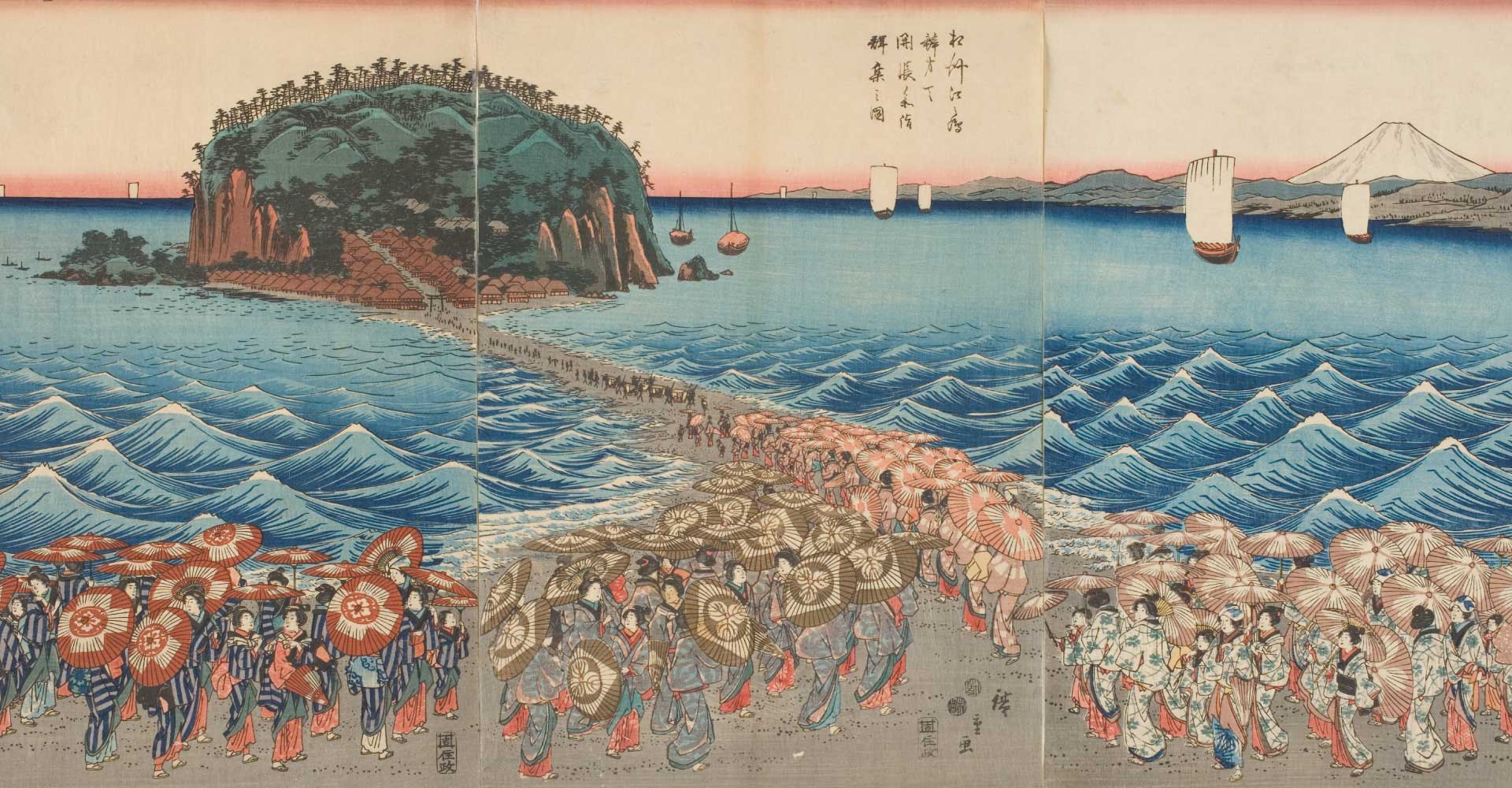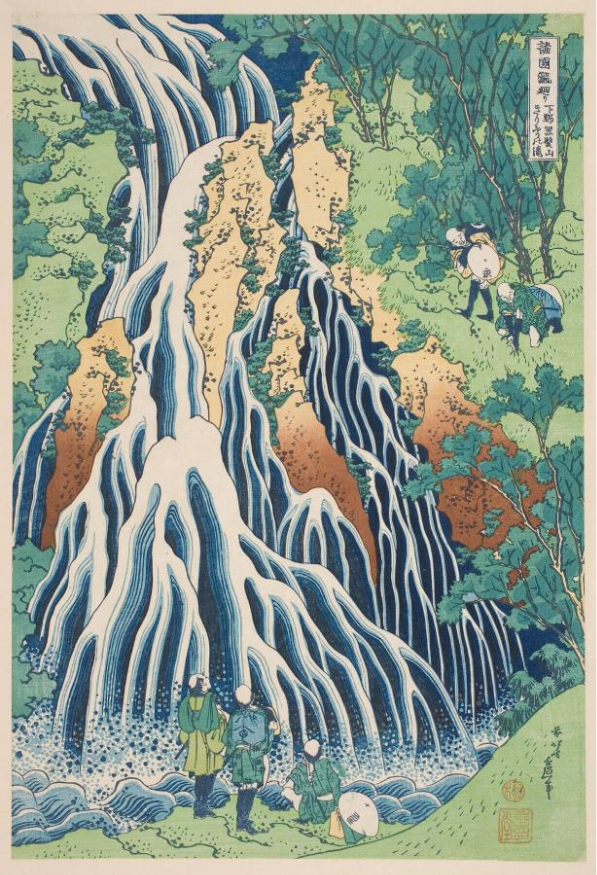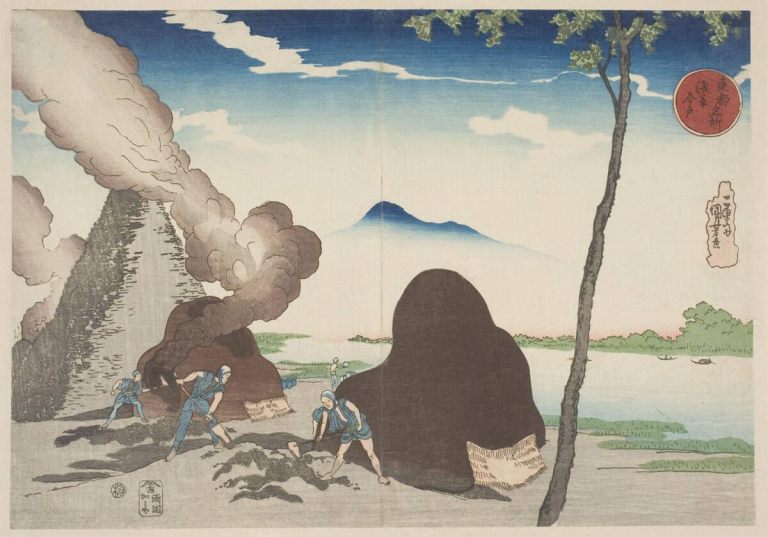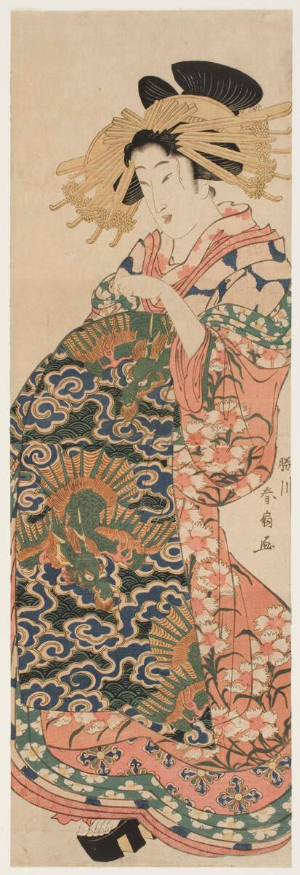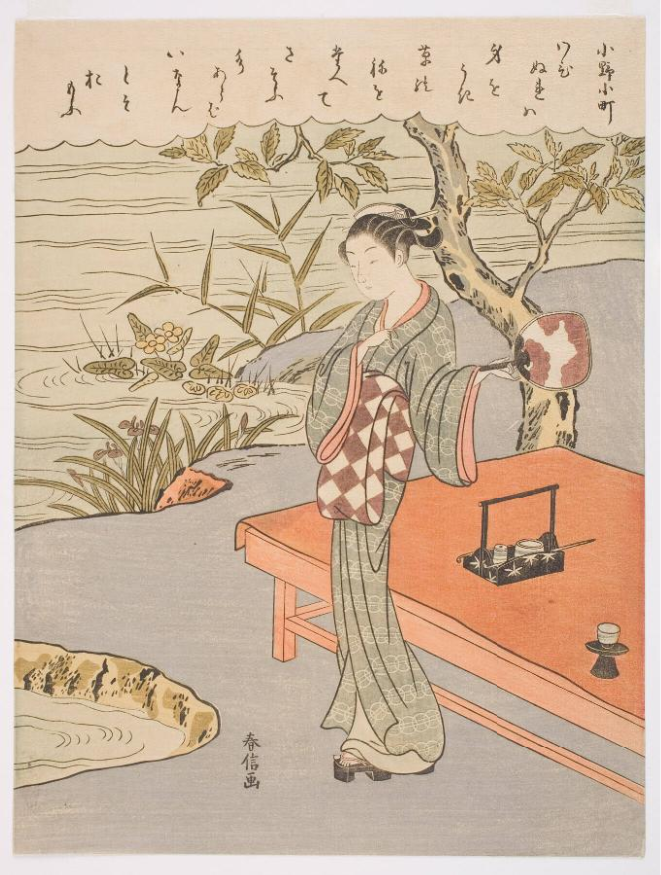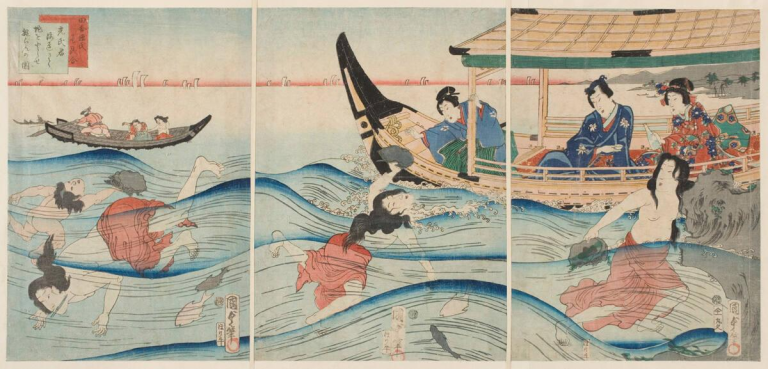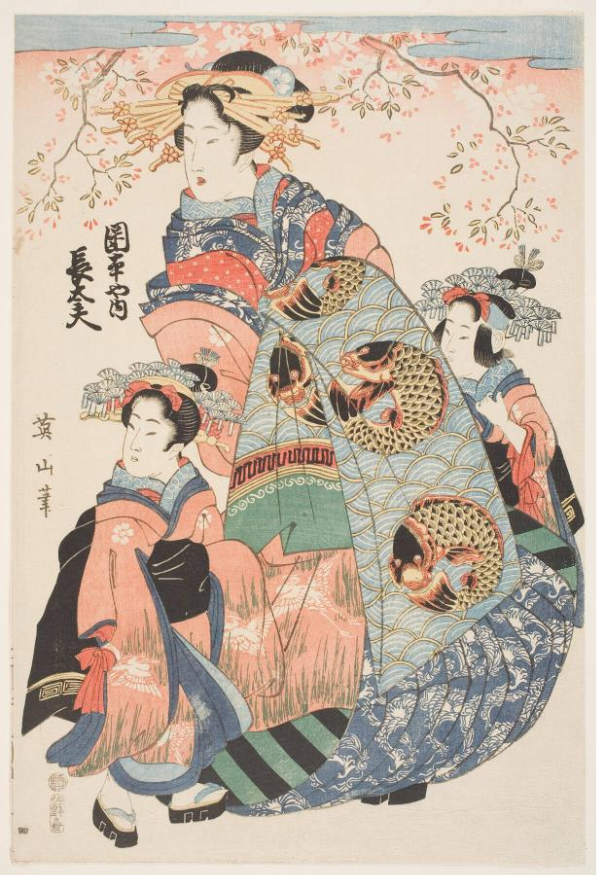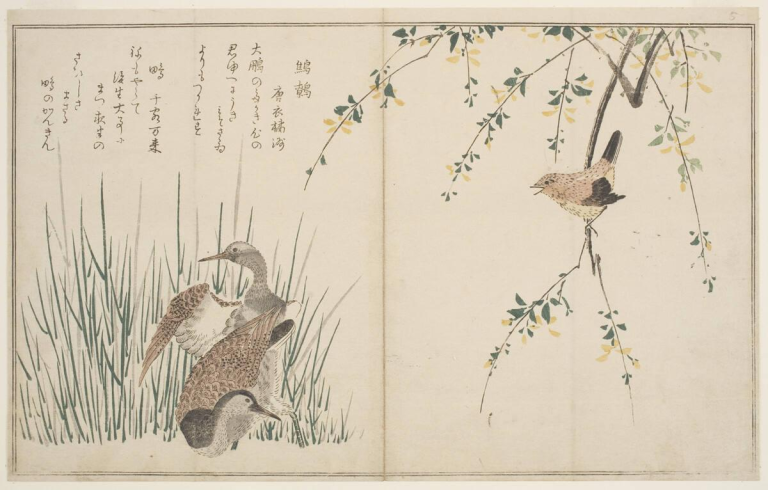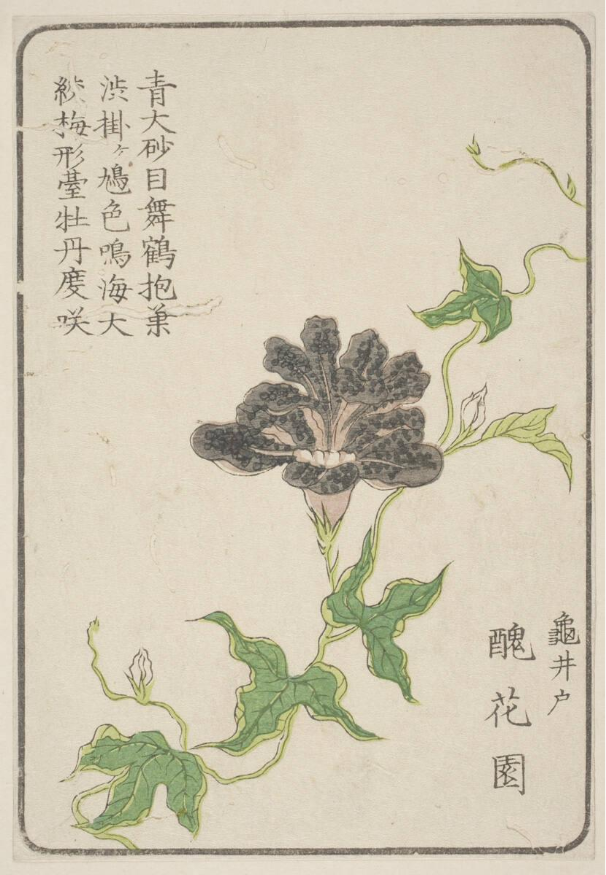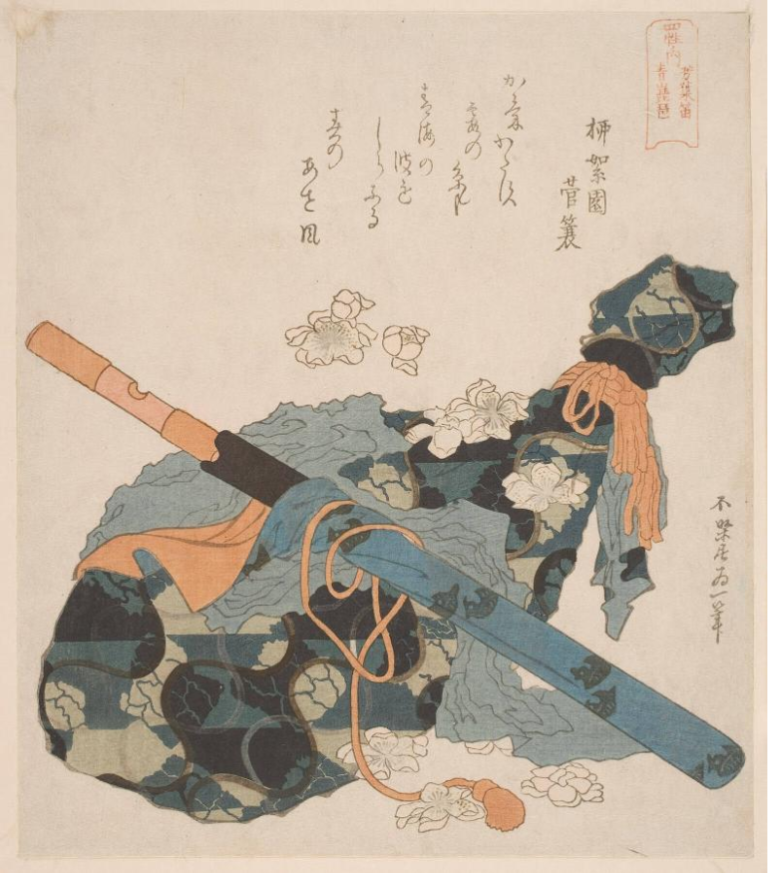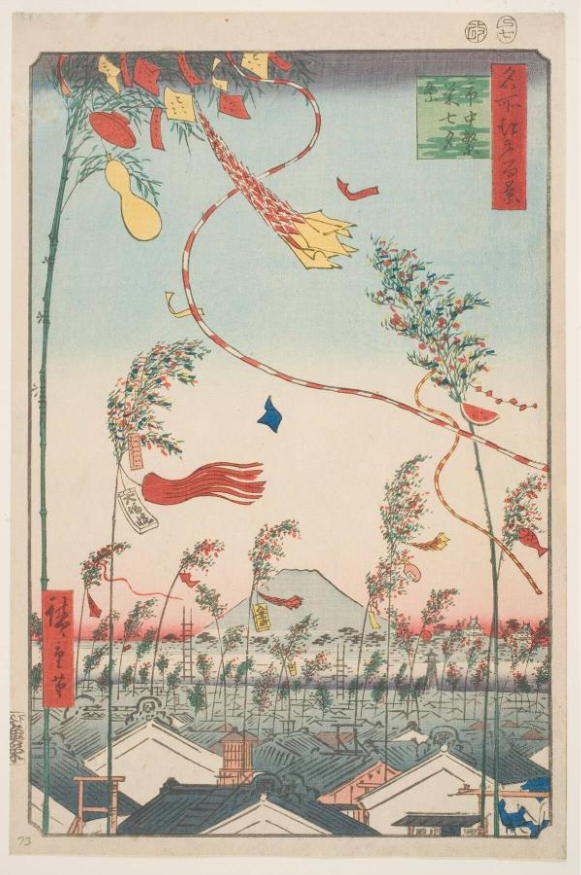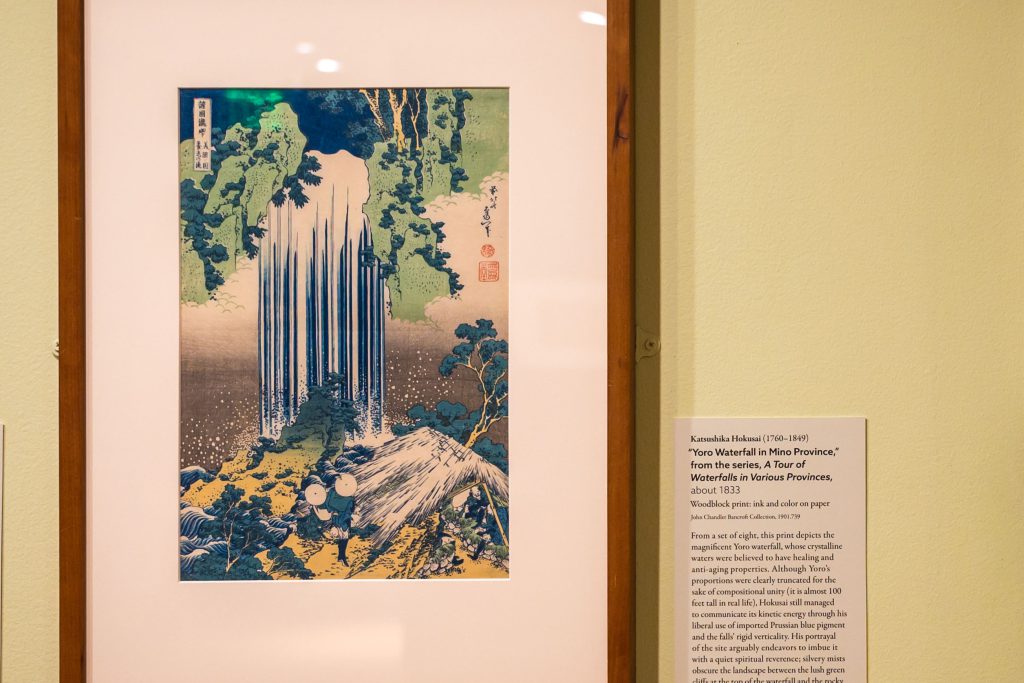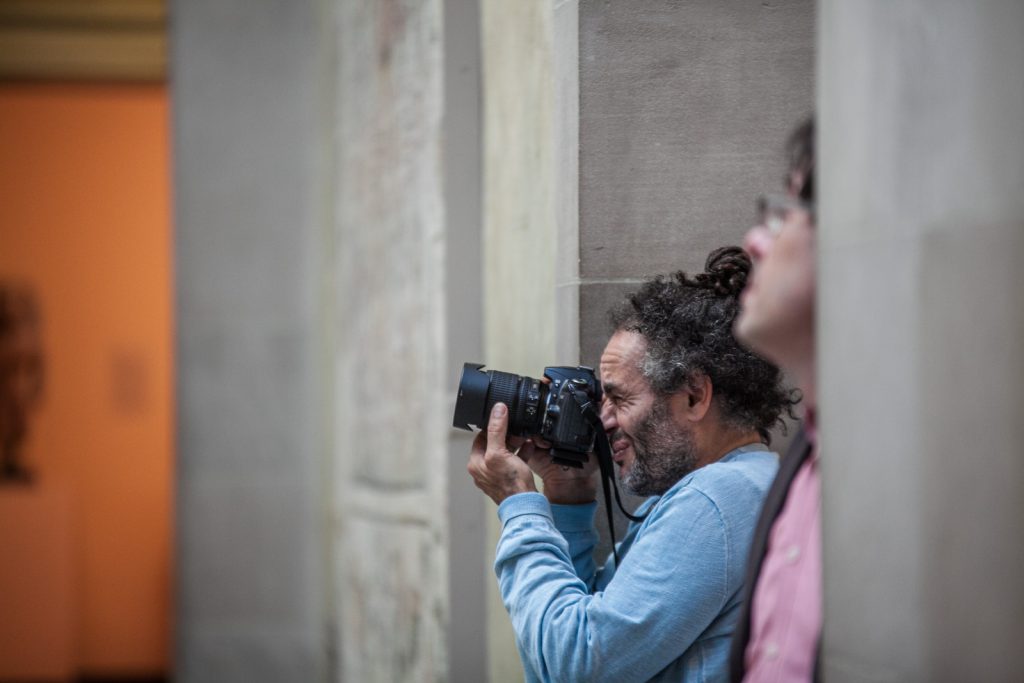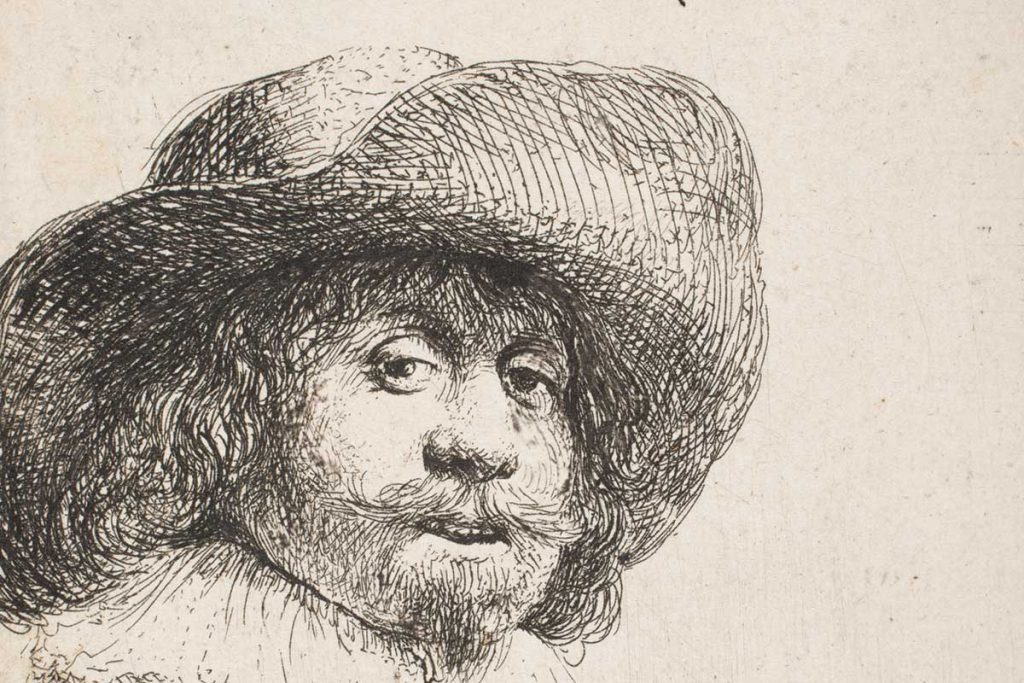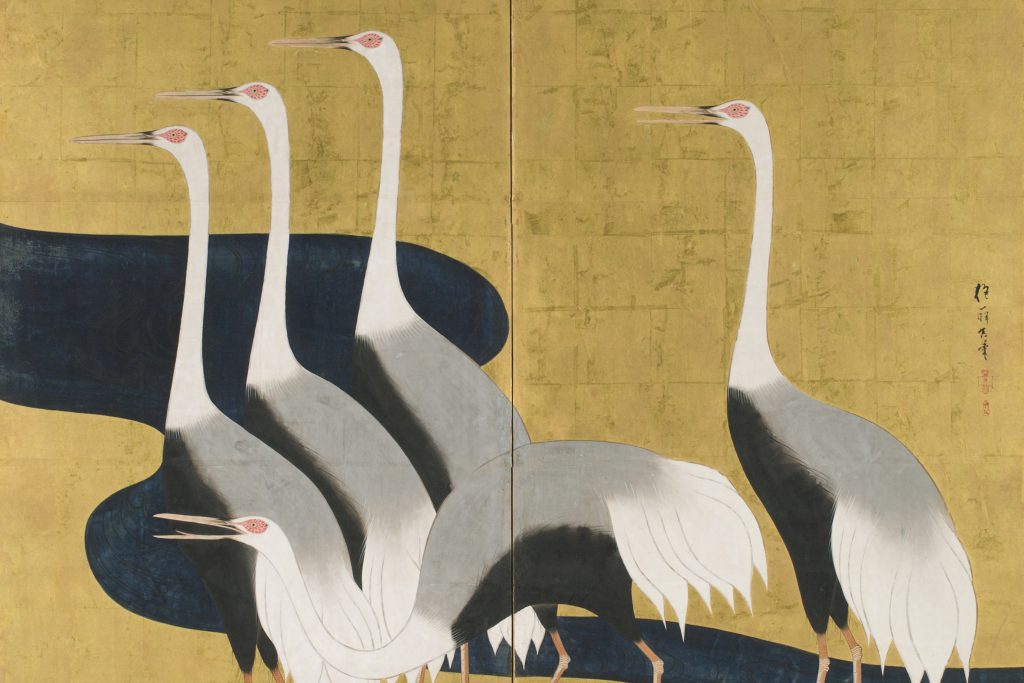Highlights
About John Chandler Bancroft
Born in 1835 to acclaimed Worcester-based historian George Bancroft (1800–1891), John Chandler Bancroft spent his early years travelling between Europe and the United States. His passion for art as both a practicing artist and collector began after he withdrew from Harvard Law School and subsequently moved to Europe in the 1850s. He spent six years in Dresden, Dusseldorf, and Paris, studying drawing and landscape painting. He eventually returned to the United States with the outbreak of the Civil War and settled near Newport, Rhode Island. There Bancroft frequented the studio of painter William Morris Hunt (1824–1879) and became acquainted with young artist John La Farge (1835–1910).
Bancroft and La Farge quickly forged a friendship that would last a lifetime, fueled by their shared interest in art criticism and appreciation, as well as their fascination with what was at the time modern color theory (based on new discoveries in the fields of optics and optometry). They also developed their respective art practices together, often spending time painting landscapes en plein air and discussing contemporary art movements such as modernism and impressionism. Both began to purchase and collect Japanese ukiyo-e prints beginning in the early 1860s through the dealer A. A. Low, several decades before imported Japanese art became a highly sought-after commodity in Europe and the Americas (a trend later called “Japanomania”). This was also over twenty years before most other eminent American collectors, such as William Sturgis Bigelow (who donated his collection to the Museum of Fine Arts, Boston), began assembling Japanese print collections of comparable size and scope. Although there was very little English scholarship on Japanese art during his time, Bancroft was still able to assemble a collection that impressively reflected the diversity of ukiyo-e prints, which vary in size, date, material, function, content, and style. His collection is also notable for the quality and well-preserved condition of the prints, possibly because he acquired them directly from Japan or a dealer not long after they entered the market.
Even while Bancroft was alive, his contributions to American art, collecting, and Japanese print scholarship did not receive the recognition they deserved. John La Farge referenced this when writing the obituary for his dear friend: “Of him I have seen no sufficient notice taken…Mr. Bancroft’s career…is a type of the many intellectual efforts which influence and help and determine the general movement, while the individuals whose minds have acted in this way are little known by name to the general public which still feels their intentions and their studies.”
In recent years, the Worcester Art Museum has been making efforts to shed light on the offerings of his wonderfully prolific collection, most notably the fall 2022 exhibition The Floating World: Japanese Prints from the Bancroft Collection. Nearly 125 years after John Chandler Bancroft’s landmark bequest to the Worcester Art Museum, the collection has come to be considered a Worcester treasure and an international resource for research, education, and inspiration.

